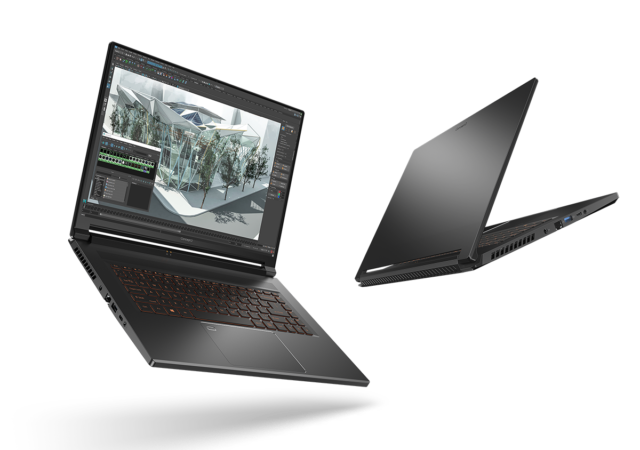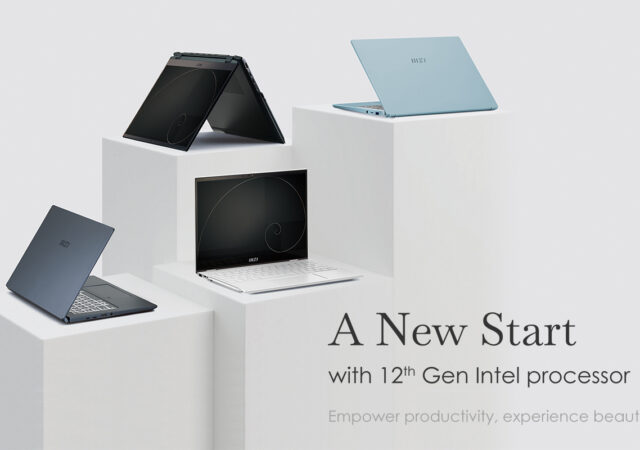UK based gaming studio, Double Eleven, unveils their new studio in Midvalley in Kuala Lumpur.
[next@acer 2022] The New ConceptD with the Power of Intel’s 12th Generation Core processor and NVIDIA RTX GPUs
Acer launches the new line-up of ConceptD PC at next@acer 2022 with Intel’s 12th generation Core processor and NVIDIA’s RTX GPUs.
Streaming Meets eCommerce in iQiyi’s New Comedy – My Ofis
iQIYI looks to revitallise the local content industry with Malaysia’s first ever office sitcom – My Ofis. The series also has eCommerce integration.
Intel Launches Their Most Powerful Mobile Processors in the 12th Generation Core HX Processors
Intel launches the 12th generation Core HX, the most powerful mobile workstation and professional processors at their Intel Vision 2022 event
Netflix Loses a Chunk of Subscribers, says it is the Fault of Account Sharers – Offenders Will Be Dealt with Swiftly
Netflix has just released their quarterly earnings and the numbers are not great. They lost 200,000 subscribers and blames users for it.
WhatsApp Announces Communities! It is Like Groups, but Much Bigger.
WhatsApp has announced the latest update to the chat platform, Communities. The update will bring a Forum like tool and feel to the platform.
Edge Computing Benefits and Use Cases
Red Hat weighs in on the benefits of deploying and utilising edge computing in operations with actual use cases.
MSI Launches new Productivity Powerhouses – Meet the Summit, Prestige, and Modern Series
MSI introduces new Summit, Prestige, and Modern laptops with Intel’s 12th Generation Core processors for corporate and productivity people.
Apple TV App is Now Useless on Android TVs and Google TVs – This Could Go Either Way
Apple removes rent, buy, and subscribing functions on their Apple TV app on Android and Google TVs in their most recent app update.

















